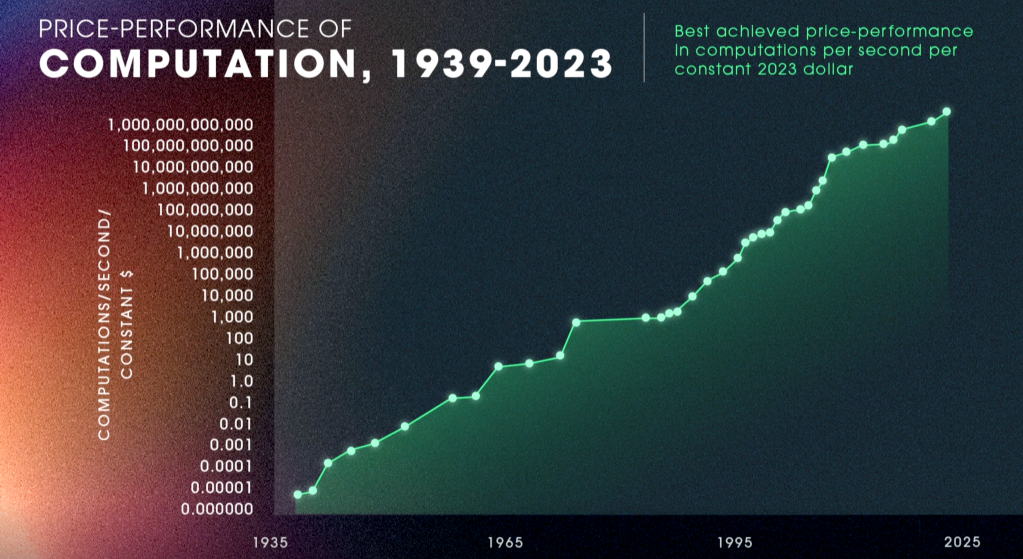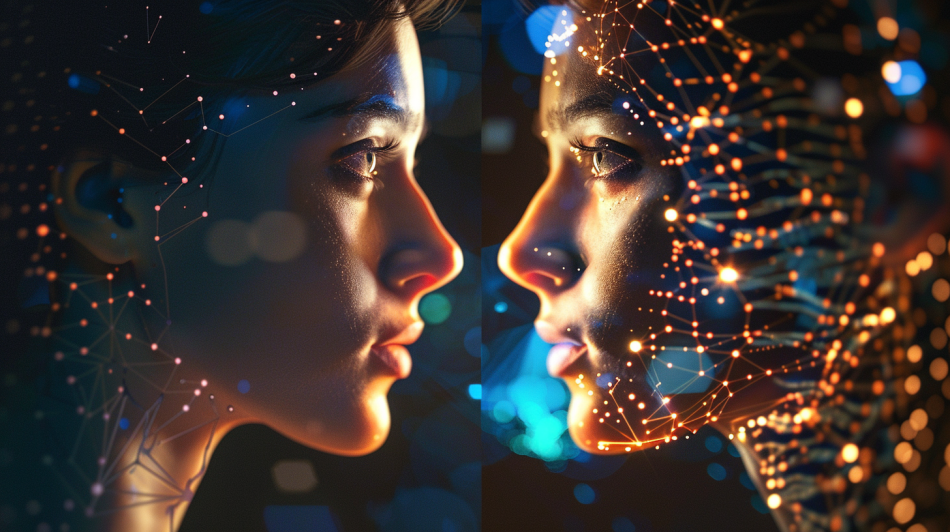In our relentless quest to understand and control the world around us, humanity has continually harnessed tools and technologies to extend our capabilities. From the simple abacus to today’s sophisticated supercomputers, the evolution of technology is marked by an ever-increasing complexity and utility. Among the latest advancements, the concept of digital twins stands out—virtual replicas of physical objects and systems that are transforming industries and provoking profound philosophical questions about reality, simulation, and the future of human innovation.
The roots of digital twins trace back to the late 20th century with the advent of computer-aided design (CAD) and early simulation technologies. These tools allowed engineers to create detailed digital models of products, buildings, and infrastructure, enabling virtual testing and refinement before physical construction. With the exponential increase in computing power and the explosion of data from sensors and connected devices, these simulations became more complex and accurate. By the early 2000s, the foundation was set for the emergence of digital twins as real-time, highly detailed simulations mirroring their physical counterparts.

Today, digital twins are revolutionizing various sectors. Nvidia’s Earth-2 project exemplifies this transformation. Leveraging AI-driven models, Earth-2 provides high-resolution, real-time simulations of weather and climate conditions, helping predict and mitigate the impacts of extreme weather events, now down to street level. This platform integrates advanced AI models like FourCastNet and GraphCast with numerical weather prediction models to deliver unprecedented accuracy and efficiency in climate simulations!
In industrial settings, digital twins optimize operations and logistics. Nvidia’s demonstration of a digital twin for a large warehouse shows how AI and real-time data can streamline the management of autonomous mobile robots, enhancing efficiency and reducing costs.
Additionally, digital twins are pivotal in designing and optimizing next-generation data centers, allowing engineers to simulate and refine complex systems before physical deployment. The same goes for managing and modeling out scenarios with complex supply chains.
Beyond practical applications, digital twins are entering the realm of digital humans. Nvidia’s Omniverse Avatar Cloud Engine (ACE) enables the creation of highly realistic, AI-powered digital humans that can interact with users in real-time, offering new possibilities in customer service and entertainment.
The potential of digital twins seems boundless. Within this decade, we may witness even more sophisticated and integrated digital twin systems that blur the lines between physical and virtual worlds. Digital twins of entire cities could optimize urban living through real-time data integration and AI-driven decision-making. In healthcare, digital twins of individual patients could revolutionize personalized medicine, allowing doctors to simulate treatments and predict outcomes with unprecedented accuracy. For space exploration, digital twins of spacecraft and extraterrestrial environments could facilitate safer and more efficient exploration and colonization of other planets.
However, the rise of digital twins also invites us to ponder deeper philosophical questions about the nature of reality and existence. If a digital twin can replicate every aspect of a physical system, does it possess a form of existence in its own right? Can these virtual entities develop a sense of agency or consciousness? As we push the boundaries of simulation and AI, these questions will become increasingly relevant.
Popular culture has long explored themes akin to digital twins, delving into simulated realities and virtual counterparts. Films like “The Matrix” and TV series like “Westworld” question the nature of reality and consciousness, resonating with the potential capabilities of digital twins. Literary works such as “Ready Player One” (or you may prefer the well crafted screen adaptation) and philosophical treatises like Jean Baudrillard’s “Simulacra and Simulation” further explore these concepts, challenging our notions of originality and authenticity.
The opportunities presented by digital twins are immense. They enhance efficiency, predict and prevent failures, and open new possibilities for innovation across industries. However, these advancements also pose significant risks, including privacy concerns, ethical questions, and potential over-reliance on AI and digital systems.
In closing, digital twins epitomize human ingenuity and our relentless drive to understand and control our world. As we continue to develop and refine this technology, we are enhancing our ability to predict, optimize, and innovate while opening new frontiers for exploration and reflection. In bridging the gap between reality and virtuality, digital twins are poised to transform our world in ways we are only beginning to imagine.
Want to dig deeper?
NVIDIA showed off a lot of these capabilities at Computex 2024 recently…here’s a video montage showing their Omniverse Foundational tech , which is basically a development platform for virtual world simulation, combining real-time physically based rendering, physics simulation, and generative AI technologies:
While NVIDIA is by no means the only company exploring this space, they’re certainly working hard to stay at its forefront. Here’s another great example, where researchers (collaboration between NVIDIA and UPenn) trained a robot dog to balance and walk on a yoga ball purely in simulation and transfer to the real world without fine-tuning, using DrEureka, an LLM agent that automates training robot skills and bridging the sim-to-real gap, outperforming traditional domain randomization methods with its advanced parameter tuning capabilities.


0 comments on “The Rise of Digital Twins: Promise & Perils of Digital Doppelgängers”